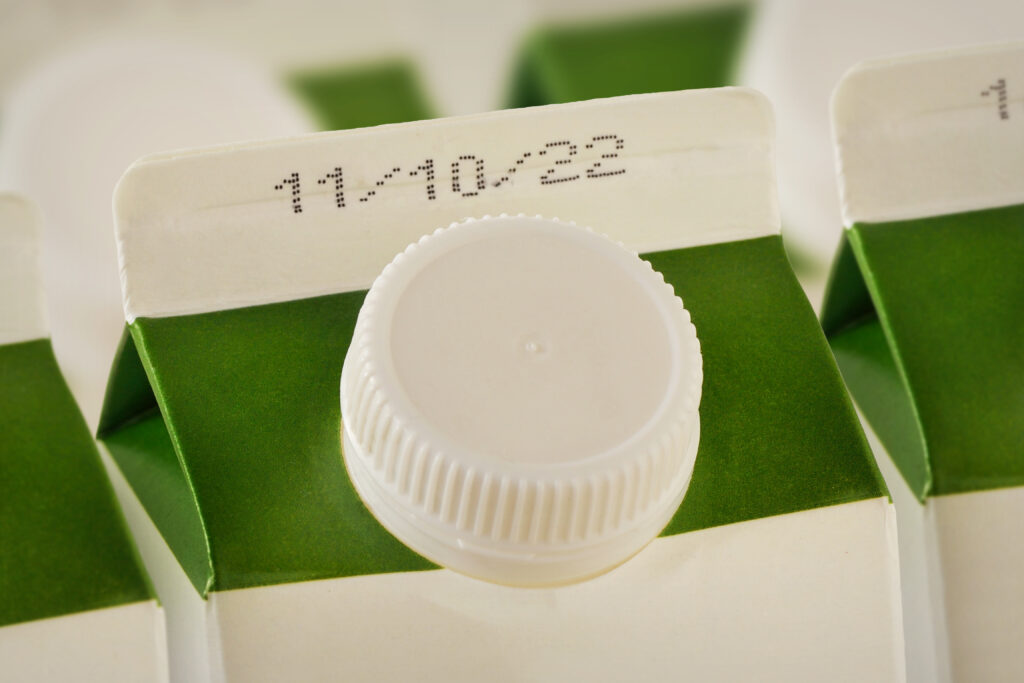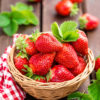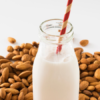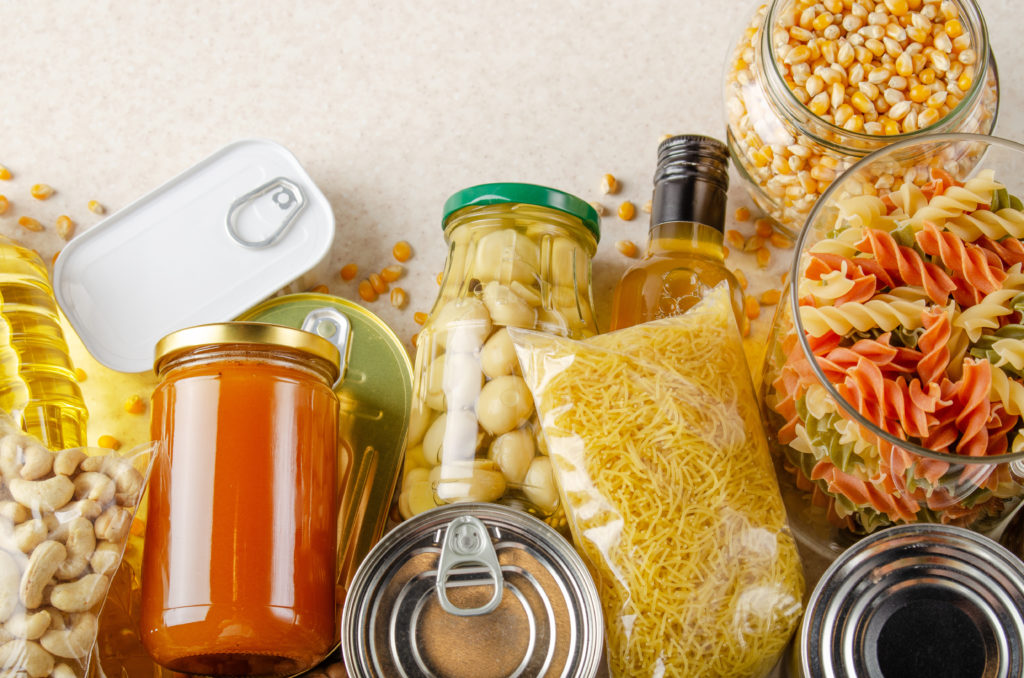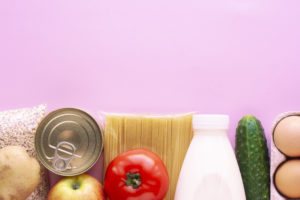Trust the Process-es: Understanding the Truth About Processed Foods
Processed foods, by definition, are those that have been changed from their natural state. There are many ways that foods are processed. Some of the ways we process foods in our own home include chopping, grinding, cooking, drying, fermenting, salting, freezing and mixing ingredients of a receipt together. Then there are food manufacturers who use modern technologies like ultra-high temperature processing (used for shelf-stable milk) and modified atmosphere packaging (used for many foods from meat to dips) that involve numerous complex steps and require scientific understanding to function successfully.
For thousands of years humans have been processing food – and for good reasons too. Why? First for food safety and secondary for preservation. Historically the use of salt helps preserve meat and prevent spoilage.
Fermentation is an example of a food safety and preservation technique. Food cultures are used to start a controlled fermentation in many types food including yogurt, cheese, sausages, beer and wine. Another recent example is the process of pasteurization (high heat for a short time), which ensures a beverage or food is safe and of good quality for longer, but also developments include the use of aseptic packaging to ensure the safety of beverages and the use of food additives to support product quality.” The process of pasteurization, which ensures a beverage or food is safe and of good quality. Another reason is preservation.
More recent developments include the use of aseptic packaging to ensure the safety of beverages and the use of food additives to support product quality. Citric acid and lecithin are used to prevent oxidation and rancidity in butter, cheese, bread, and almond milk, while emulsifiers, thickeners and stabilizers such as carrageenan, gellan gum, and xanthan gum help extend shelf life and improve product quality. Then there’s palatability and taste which is what makes food acceptable to consumers and includes everything from spices and seasonings to natural and artificial flavorings.

Nutritionally processed foods can deliver much needed vitamins and minerals like enriched bread, high-protein snack bars, or calcium-fortified orange juice. Finally, there is consumer convenience. Processed foods are noted for their convenience and require minimal preparation and cooking or could even be ready-to-eat. In today’s fast-paced society, convenience is key and a driving force behind many consumer’s food purchases – like microwave packaged rice, canned beans, and frozen pizza. Many of these foods are healthy and nutritious items that add variety as well as versatility to our diets and are oftentimes much less expensive than fresh food. Over the years consumers’ lifestyles have changed, including a reduction in the amount of time available to dedicate to meal preparation. In 2022, the labor force participation rate – the percent of the population working or looking for work – increased for mothers and fathers, regardless of marital status; ranging from 71.1% to 93.7%.[1] The availability, accessibility, affordability, and ease of processed foods are crucial to today’s way of living – it takes less than 10 seconds to open a can of beans compared to at least 4 hours or up to 12 hours to soak dried beans.
More resources can be found here:



